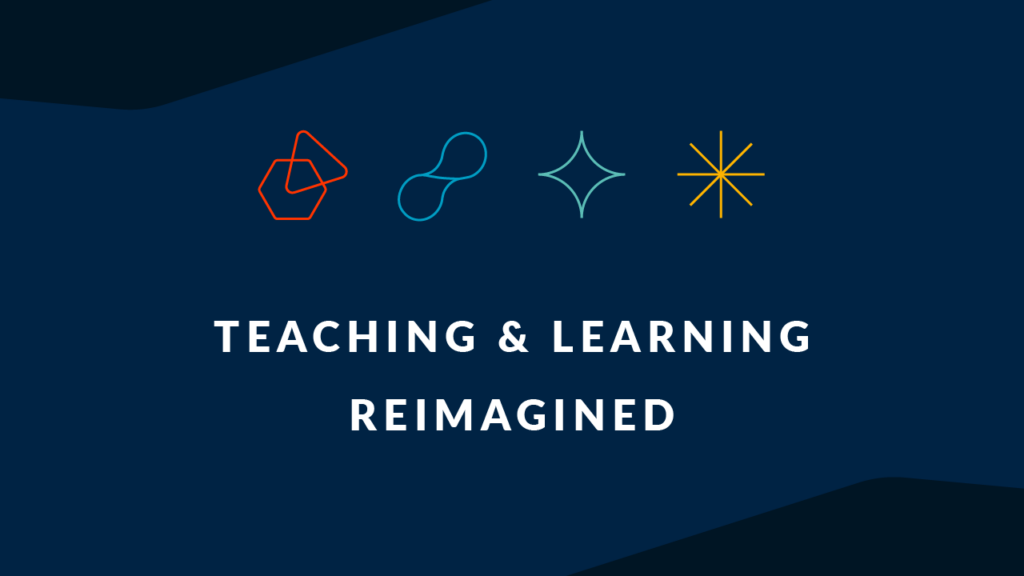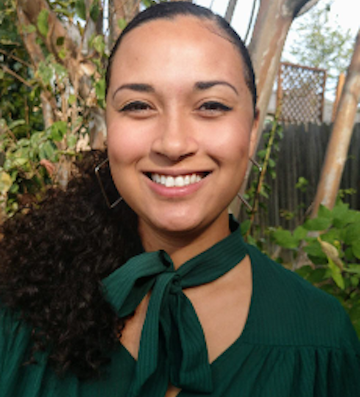Behind the Course – Leadership and Science Integration Program
in Blog Post
By Brett W. Copeland,
Academic Strategic Communications
Chris Packham, professor in the College of Sciences’ Department of Physics and Astronomy, and Carmen Fies, associate professor in the College of Education and Human Development’s Department of Interdisciplinary Learning and Teaching, created a Leadership and Science Integration Program (LSIP) through Academic Innovation’s Teaching & Learning Reimagined grant.
Together, they designed a semester-long program that provided students with the skills and knowledge they would need to be successful when undertaking projects at agencies like NASA and other large scientific and manufacturing organizations. Packham and Fies’ goals were also to ensure that UTSA’s R1 and Hispanic Serving Institution status helps increase the pipeline of diverse students into workplaces that are less diverse than desired.
Collaboration with the UTSA Academic Innovation team freed Packham and Fies to concentrate on content, and hence, to deliver a better product. The team will soon publish a paper on LSIP at a national conference in Seattle, lead by the primary Academic Innovation Instructional Designer Whitney O’Connell.
The LSIP course was delivered to 36 enrolled students at the graduate and undergraduate level.

Inside the Course
- Packham assigned graduate and undergraduate students to groups at the beginning of the semester. By spreading expertise and skillsets among the groups, students encountered the same type of situations that requires teamwork, communication, and knowledge sharing in real workplaces.
- The LSIP course relied on the expertise and experience of leaders with different outlooks and roles. Additionally, it wasn’t just a textbook transfer of knowledge. Guest lecturers, including industry leaders, engineers, project managers from notable science and manufacturing organizations, addressed the ‘soft’ skills needed to succeed in the scientific workplace. For example, one speaker provided tips about how to network with other members of the scientific community, and another, former Army Major General Cucolo, presented on leadership skills.
- Collaboration among disciplines helped students connect the dots between concept and practice.
The Student Impact
- Most students enrolled in the course received an A, which is higher than average across other classes.
- Students engaged in a process that mirrors the real process that NASA scientists and other program management professionals use to conceptualize and create projects.
- Students left the course with a real pitch for a project which can be used in their professional portfolios.
- The use of Adobe’s Creative Campus was embedded in the course, helping students embrace digital fluency.
The Tech Connection
For this course, Packham and Fies leveraged UTSA-provided tools including:
Meet the Instructional Designer: Whitney O’Connell
Whitney O’Connell is an Instructional Designer for the Teaching, Learning, and Digital Transformation (TLDT) division within Academic Innovation. She joined UTSA in 2018 as a lecturer for the Department of Environmental Science and then moved to the TLDT team in 2020 to help with the transition to remote learning and teaching. She has a background in science in higher education, classroom management, and online course design and development.
How Whitney helped:
- Course navigation and flow – The course was designed and developed in collaboration with the instructional designer (ID) to improve the student’s online learning experience. Some of the ways this was accomplished were by having the ID design the course with smooth course navigation to create flow and consistency for students and create course comfortability.
- Accessibility – All digital course content (i.e. PDFs, PowerPoints, Word docs) was checked and revised to create a more inclusive learning environment so all students had equal access to course materials.
- Suggested tools and enhancements – Interactive digital tools (such as PlayPosit) were utilized to enhance the course for students to promote learner engagement and interactivity.
- Evidence-based practices – The course was developed in alignment with pedagogical best practices and Quality Matters (QM) to ensure the course was created with quality assurance for the students.

For More Review:
Tags: Academic Innovation’s Teaching & Learning Reimagined grant, Carmen Fies, Chris Packham, projects, scientific and manufacturing organizations, student skills and knowledge, Teaching & Learning Reimagined, TLR

